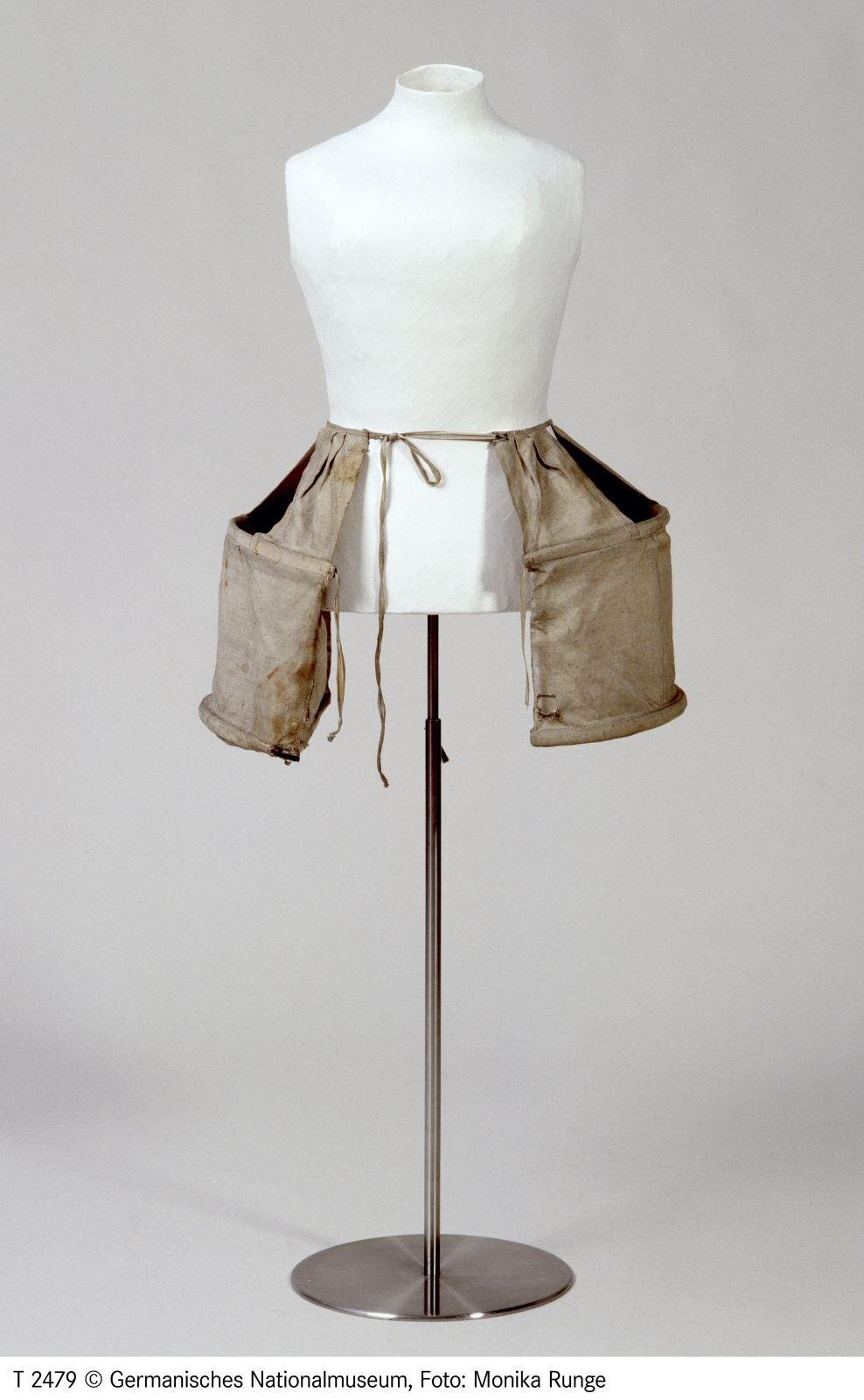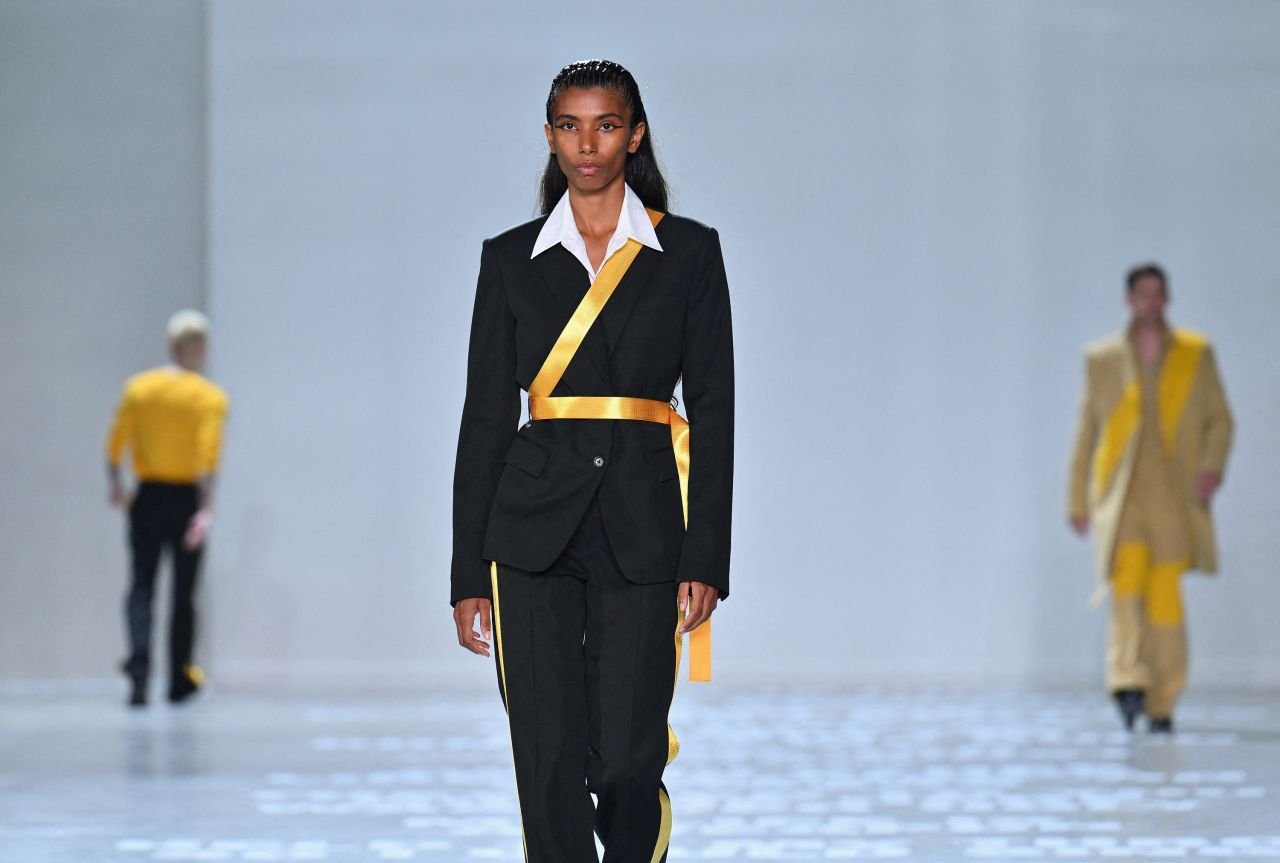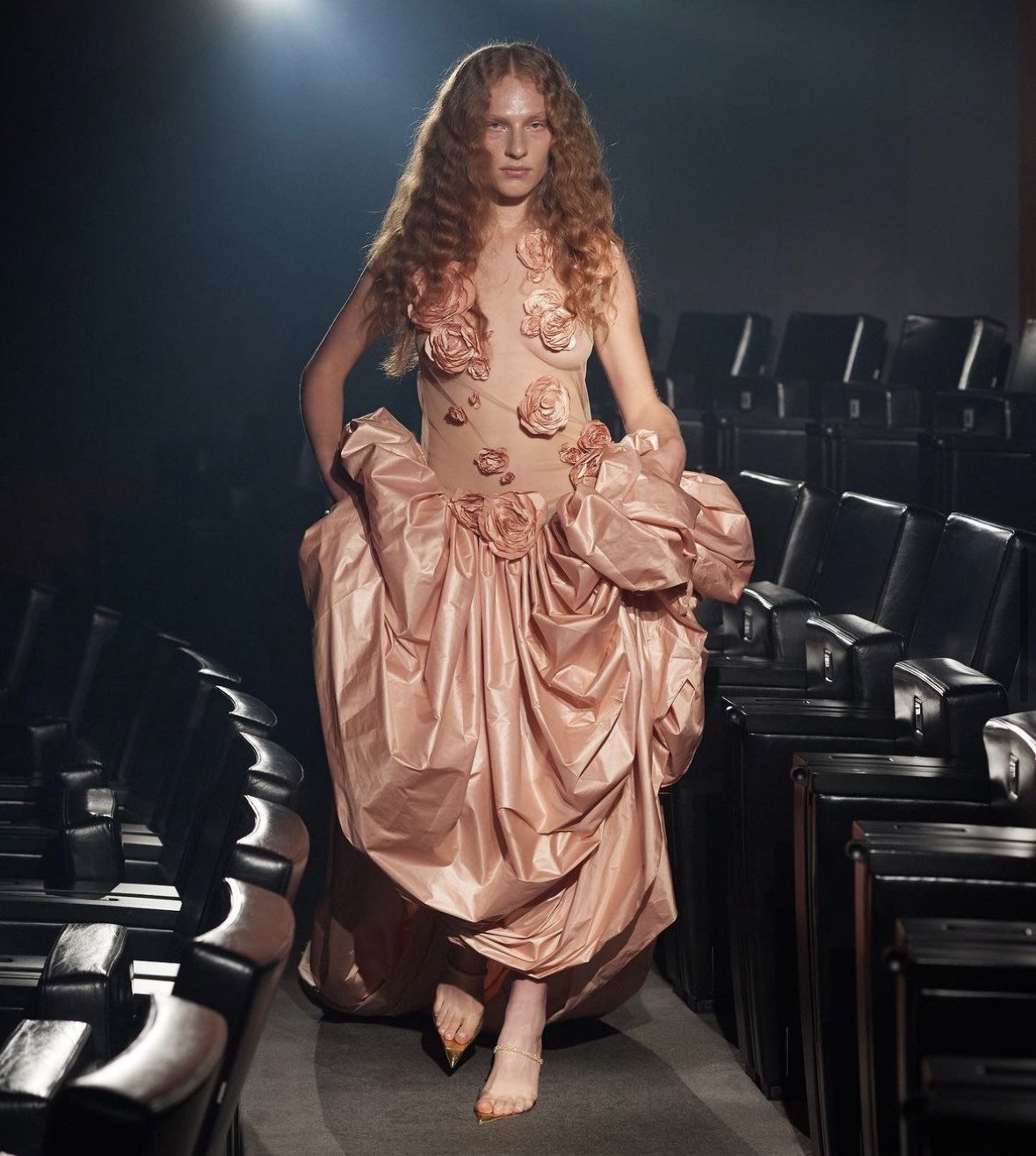The History of The Pocket
Pockets. Men have them. Women, sometimes, have tiny ones. Pockets had a brief moment in the 90s and early 00’s (think Avril Lavigne’s Sk8er Boi trousers) for women, but alas, all too soon we went back into the pocketless void of very tight trousers and fockets (fake pockets). One of my male friends had a small rant to me about pocket inequality the other day, astounded by how small, useless or completely absent his partner’s storage options were when out and about. For anyone who isn’t aware, take a look at this online resource:
Though he was preaching to the equally frustrated choir, it got me thinking… Could I explain to my friend where our pockets went? Could I rationalise how sinister it feels to have no way of protecting your phone or purse on your body? Could I explain the joyful swish of the “Thanks, it has pockets!” move I perform in my dreamy cottage core skirts? Let’s give it a go.
Once Upon a Time, Everyone Wore Bags.
Before the Early Modern period, everyone wore bags. Men have enjoyed embedded pockets since the 1600s, but women’s pockets (our focus today) were originally a separate garment. Pockets could be worn singularly, or in pairs, tied about the waist with a string. Outer clothes would have slits in the side allowing women to reach the pocket opening beneath, like a fancy secret bum bag.
Apart from the odd stain, the pockets themselves can’t tell us much about what was stored within them. The way we find out the carrying capabilities of these is twofold: Paintings and written accounts. For example, in David Wilkie’s ‘The Refusal’ we see a young lady who is rejecting a suitor. The way she sits reveals a bulging red pocket under her outer jacket. Another example is found in the court case of Hannah Stevens on 1st July 1807. Hannah was accused and found guilty of shoplifting, and was caught in the act when one Edward Bean ‘took hold of her by one arm, and with the other arm she dropped the stockings and the gloves; I saw her take them out of her right-hand pocket; she had two pockets almost as big as sacks.’
During the mid-late 18th century, when width was all the rage, pockets were used not just to store personal effects, but to hold out skirts in place of a hoop skirt.
Paniers often had incorporated pockets that were basket-like, with a top slit for access. These pockets were spectacular. Imagine having a pair of storage boxes strapped to either hip. Who needs a rucksack when you can fit a book, a change of shoes and your lunch into your skirt supports?
How did we go from pockets like picnic baskets to teeny tiny fake pocket patches?
So, what happened? According to the queens of pockets Barbera Burman and Ariane Fennetaux, the separate pocket’s “eventual disappearance from common use at the end of the nineteenth century cannot be explained adequately in terms of responses to commercial production of fashionable novelties” including handbags and men’s style pockets. Our answer seems to lie in the Victorian era, where the pocket can be read as a symbol of economic and social change for women.
A woman with pockets, money to spend and somewhere to put her purchases, was a serious threat to the 19th-century patriarchal idea of femininity. In a backlash against this, there were cultural efforts to limit the functionality of the pocket. If women had a pocket at all, it was not to be useful, because although the economy needed women as shoppers and consumers, society did not want that financial freedom to come with any actual power. This is exemplified in the teeny pockets of fin-de-siècle outfits. The Workman’s Guide (1840) did contain sewing patterns for on-seam pockets. But unlike integrated men’s pockets, dressmakers put women’s pockets in strange, impractical locations like difficult to reach the hem of the skirt. Very useful when your range of movement is already altered by a corset.
During the 1890s, a battle for pocket equality raged. Organisations including the Rational Dress Society, the suffragists and suffragettes, bluestockings, and other’ radical individuals who believed in women’s political and financial equality, objected strongly to fashionable but impractical outfits. The reactionary style of Rational Dress allowed women to swagger with their hands in their, now integrated and quite large, pockets. Socially this wasn’t only about a woman’s empowered appearance. Shocked writers went on to mock and belittle the ‘New Woman’, pockets and all, revealing deep-seated anxieties about her transgressive potential. Even into the 1910s, an anxiety lingered about the contents of women’s pockets. What were they hiding in there? Was it dangerous?
The final straw came in the form of the New Look from Dior. As late 40s fashion evolved and designs slimmed, pockets were deemed to ruin the silhouettes, so they started to shrink and disappear. Women had to get back in the kitchen, give up their newfound freedoms, and relinquish the terrifying chasms of their pockets.
When will my pockets return from the War?
Thankfully we are starting to see a focus on utility emerge in the wake of a global pandemic that certainly emphasised the uselessness of handbags the world over. The rise of cottage core with its wide-legged trousers and flowing skirts also lends itself to a large pocket, meaning that women can, once again, store snacks in their skirts. However, we must remain vigilant. I strongly believe that the only thing standing between women and a return to handbags is the increased size of our smartphones. Progress towards pocket equality will not be sustained without a fight, as those bold Victorian women evidenced.










